Dr Manish Sontakke has been ranked among the “top ten” Orthopaedic surgeons in the twin cities of Mumbai and Navi Mumbai by India Today in 2019. Over and above his professional competency and expertise in Minimally Invasive Knee Replacement surgery, Spine surgery as well as Complex trauma cases, he is an empathic and compassionate doctor who believes in patient centred care.
He has performed more than 2500 primary joint replacement surgeries and more than 2000 spine surgeries successfully with out any major complications
Read More
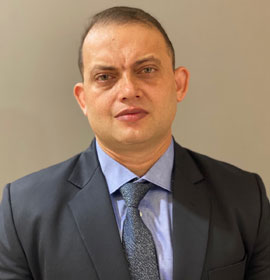
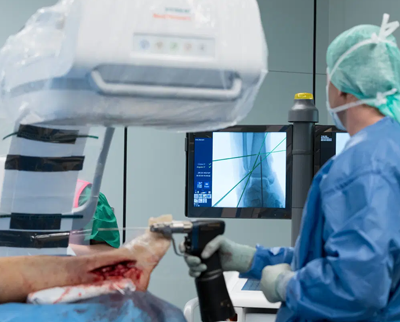
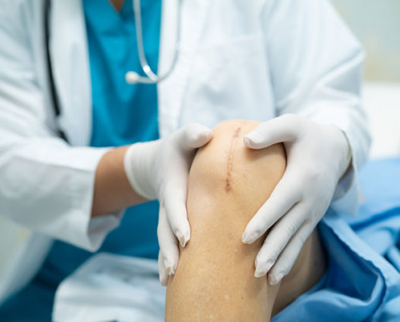
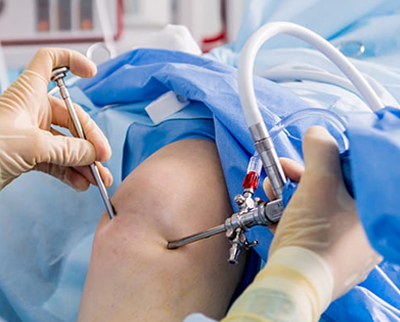

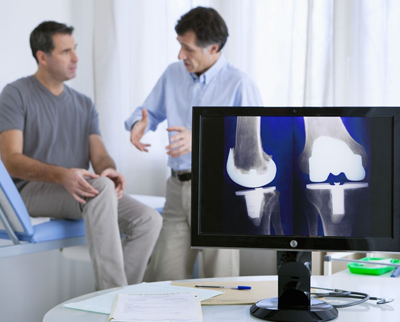
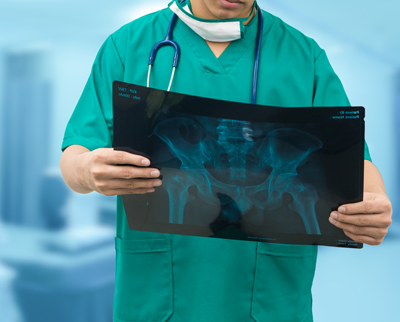


Get appointment